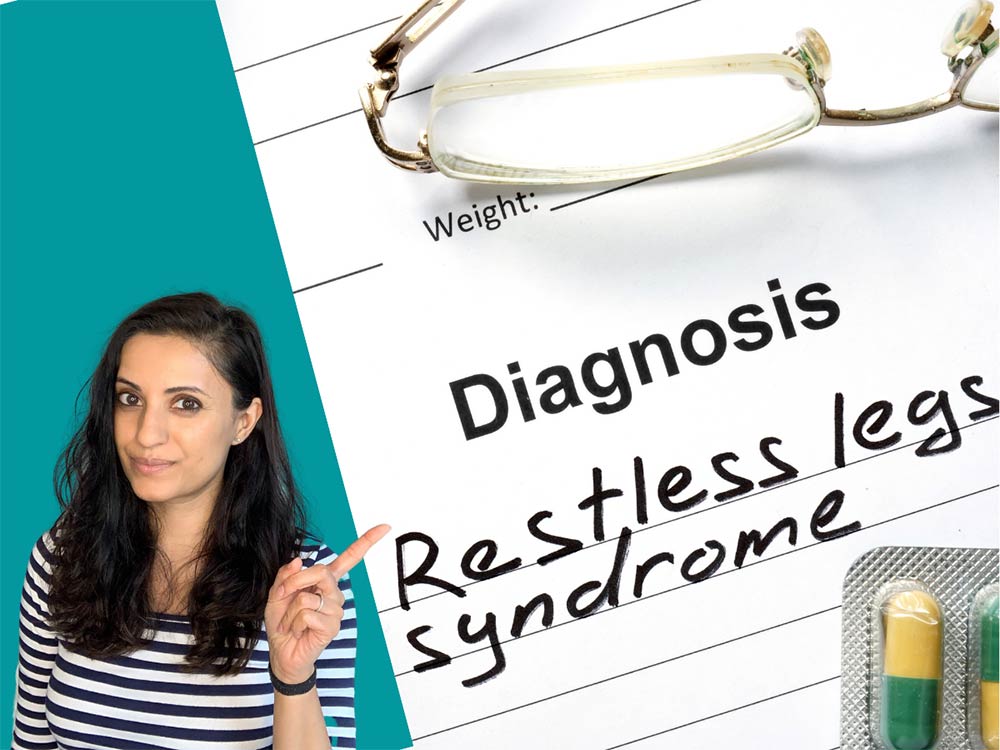Posted on October 5, 2021 by IntraBalance - Productivity
Posted on September 28, 2021 by IntraBalance - Sleep Health
Posted on September 21, 2021 by IntraBalance - Sleep Health
Posted on September 14, 2021 by IntraBalance - Sleep Health
Posted on August 31, 2021 by IntraBalance - Sleep Health
Posted on August 24, 2021 by IntraBalance - Sleep Health
Posted on August 16, 2021 by IntraBalance - Sleep Health
Posted on August 2, 2021 by IntraBalance - Supplements
Posted on July 27, 2021 by IntraBalance - Supplements
Posted on July 18, 2021 by IntraBalance - Supplements












Recent Comments